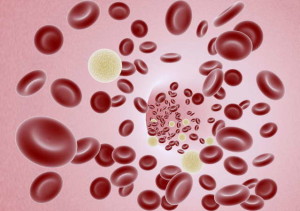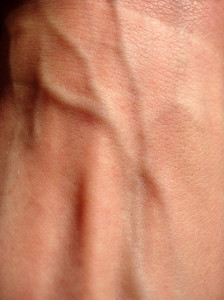 E. Ernst, MD, PhD, FRCP (Edin)
E. Ernst, MD, PhD, FRCP (Edin)
Abstract:
Chelation therapy is viewed, promoted, and practiced as a form of complementary/alternative medicine (see References 1 and 21 2 ). It uses repeated intravenous administration of EDTA, usually in combination with vitamins, trace elements, and iron supplements as a treatment for a variety of diseases.3 4 5 Oral chelation therapy also has been advocated (see Reference 66 ) but will be excluded from this review. Among others, chelation therapy is claimed to be effective in reversing the arteriosclerotic disease process,7 8 in particular peripheral arterial occlusive disease (PAOD). Proponents claim that it can be an alternative for amputation in severe cases.8 This goes back to an observation made in the 1950s, when it was noted that patients undergoing EDTA therapy for lead poisoning felt a relief of angina pectoris after this therapy.9 While various authors9 10 11 12 13 1415 have subsequently reported promising results in uncontrolled studies, others have been unable to confirm these in similarly designed trials.16 17 The debate of whether or not it is a useful form of therapy for PAOD therefore continues.18 19 2021 22 23 24 25
Meanwhile, numerous clinics have been set up in Europe, the United States, and elsewhere using and promoting chelation therapy for PAOD. In the light of recent trial data, it is therefore timely to systematically review the evidence from randomized, placebo-controlled, double-blind trials and ask whether chelation therapy for PAOD is safe and effective.
http://circ.ahajournals.org/content/96/3/1031.long
